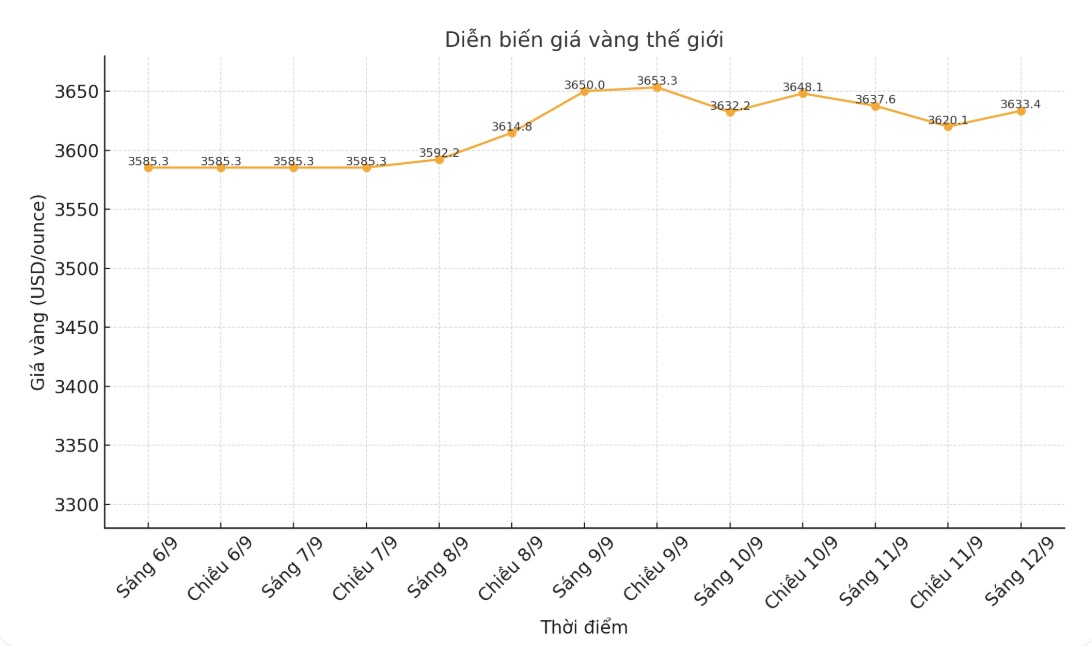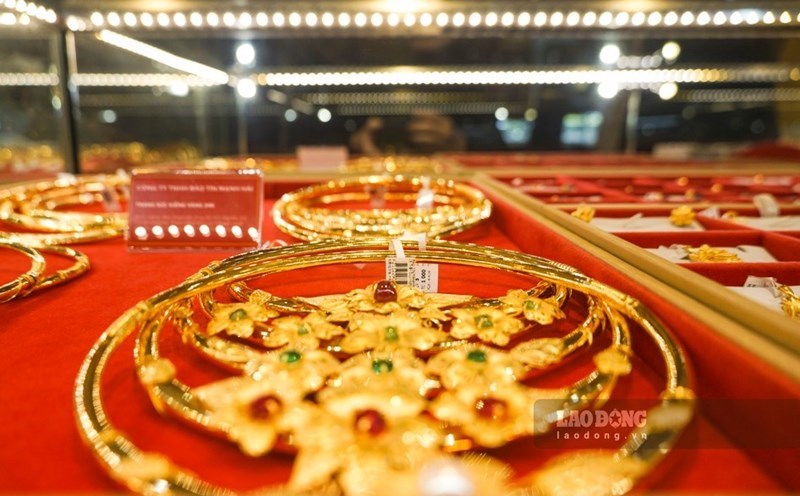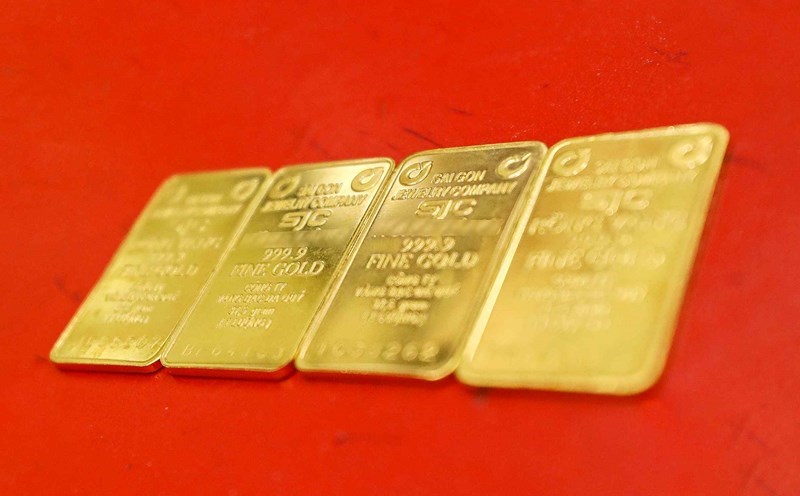Amy Gower - Strategist for metals & mining commodities at Morgan Stanley (a global financial services and investment banking group headquartered in New York - USA) believes that gold is not simply a safe-haven asset. The development of gold prices is showing investors many things about the global economic situation and the financial market.
Gold is always an asset found in times of uncertainty. But in 2025, the role of gold is changing. Investors are watching gold not only as an anti-inflation barrier, but also as a measure of everything, from central bank policy to geopolitical risks.
When gold prices move, it is often a sign that something big is happening below the surface, Gower said.

With a gain of more than 38% since the beginning of the year and silver up more than 42%, there are clearly major fluctuations. Gower listed a number of key factors driving the rally.
First of all, central banks are on track for another year of strong net buying, with gold now accounting for a larger proportion of central bank reserve Treasury bonds for the first time since 1996. This is a strong credit note for the long-term value of gold.
Gold-backed ETFs recorded a cash flow of $5.5 billion in August alone, with the highest capital inflows since the beginning of the year outside 2020, showing renewed interest from institutional investors, she said.
With inflation still above targets in many major economies, the appeal of gold is surprising, even as a non-yielding asset, she added. And investors are betting that central banks may soon have to cut interest rates, which could continue to support gold prices.

She warned: "But there is an important factor to note. Remember, while precious metals, especially gold, are often seen as a hedge and safe haven during times of macro- Uncertainty, jewelry accounts for a large part of the total demand for precious metals. Jewelry accounts for 40% of gold demand and 34% of silver demand. And at present, the development of jewelry demand is still unknown".
She said that demand for gold jewelry has shown signs of weakening. The demand for gold jewelry in the second quarter was the lowest since the third quarter of 2020 as consumers reacted to high prices. However, gold has maintained its January-April gains and silver continues to increase thanks to strong demand from the solar industry, she said.
In the past few months, these two metals have lacked additional upward momentum, but both are willing to benefit from the Fed's forecast of interest rate cuts.
Our economists predict the Fed will cut interest rates at its September meeting, for the first time since December 2024, Gower said.
If looking back at the 1990s, the average gold and silver prices have increased by 6% and 4% respectively in the 60 days after the Fed's interest rate cutting cycle began, due to low yields preventing assets from making more competitive profits.
Morgan Stanley currency strategists also predict that the USD will continue to weaken, making gold easier to buy in other markets.
Indias gold and silver imports showed signs of improvement in July. The country is also considering reforming the goods and services tax (GST), which could free up purchasing power for gold and silver before the holiday and wedding season, she noted.
Gold is often in a good position after the Feds rate cuts, and we still prioritize gold over silver, but the outlook for both metals is positive, Gower said.











